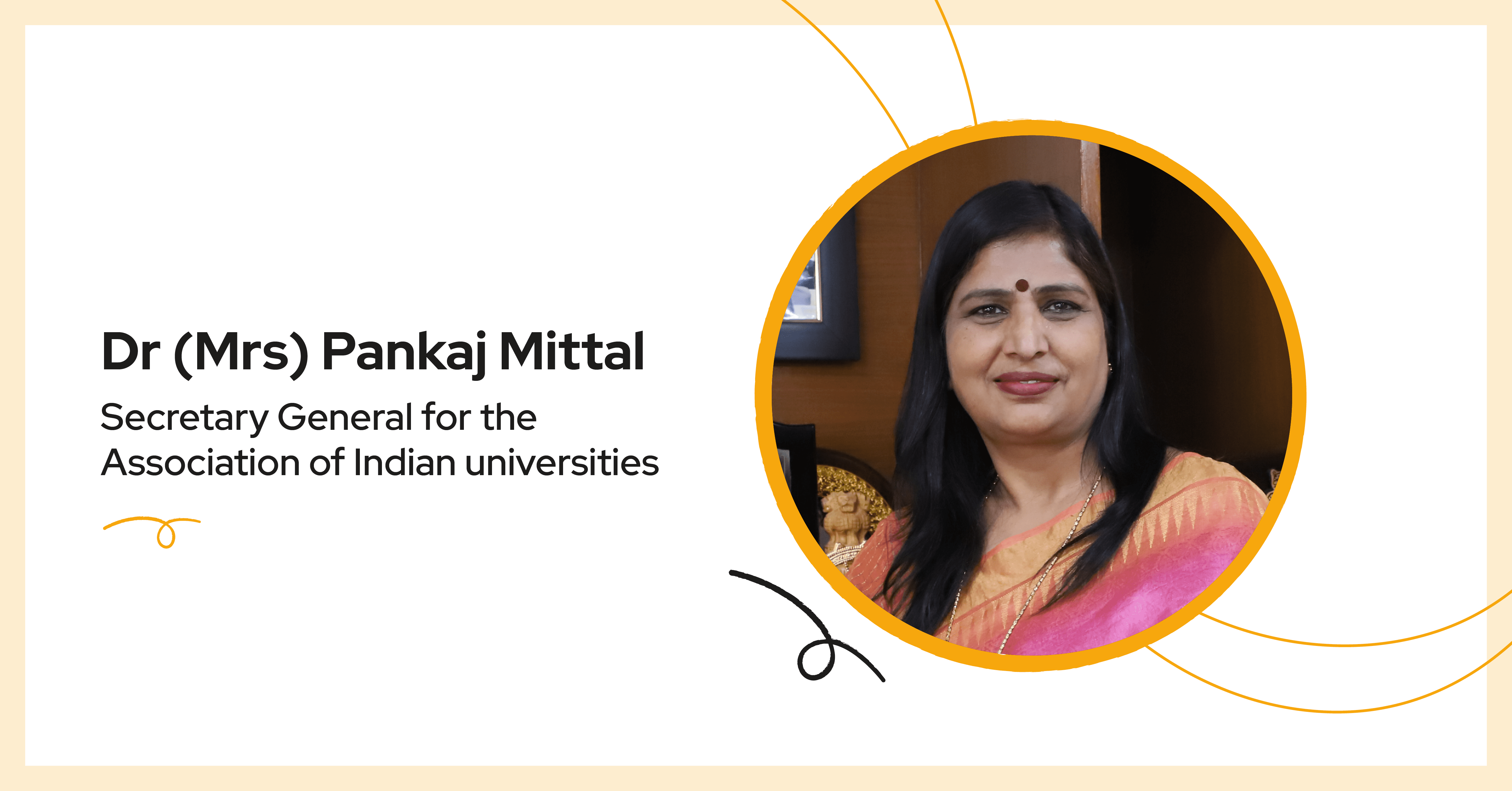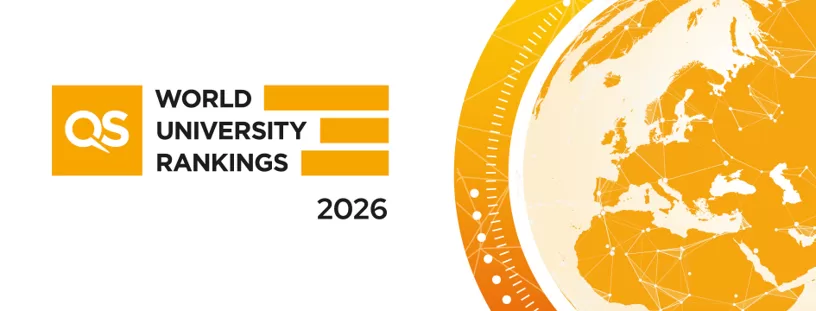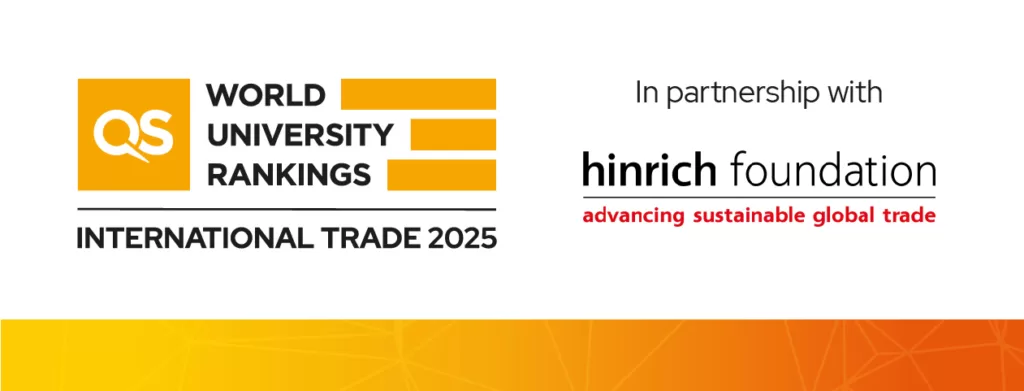
Dr (Mrs) Mittal has dedicated her career to helping rural women in India access higher education. We sat down with Dr Mittal, also a trusted member of QS advisory board, to discuss her inspiring work:
In 2008, you took on the onerous task of developing a tiny Gurukul into an institution of repute – Bhagat Phool Singh Mahila Vishwavidyalaya. What was your ultimate mission in developing this institution?
“I firmly believe that the education of women plays a significant role in improving living standards of society.
Inside of the home, women are instrumental in enhancing quality of life, by encouraging and promoting education of children, ensuring health and hygiene, emphasising the importance of nutrition and reducing the infant mortality rate. Outside of the home, women constitute valuable human resource for their country, and their development in the socio-economic arena sets pace for sustainable growth of the economy leading to significant social development.
I’ve always had a passion for work that could lead to women’s development and empowerment. Hence, when I got the opportunity to work as the Vice Chancellor of a rural women university, it was a dream come true for me. My mission was to build empowered women, which was also reflected in the motto for the nascent rural university – “Empowering women through education”.
During my six years at the university, I was able to transform its global reputation – establishing its international presence through collaborations with universities such as University of Baltimore (USA), St Catherine University (USA), Nottingham Trent University (UK), Kuwangoo University (South Korea) and University of Cambridge ESOL (UK). The university was frequented by many international experts, teachers and students. I contributed to Institution Building – ultimately creating a unique blend of traditional and modern education in order to promote and platform rural women.”
During your time as the Vice Chancellor of the only rural, residential, multi-faculty, women state university in India, what was the biggest challenge you faced?
“Initially, the most challenging task was to instill confidence in others that, as a young, female leader, my leadership and delivery was at par with men, if not better. The second challenge was to encourage and counsel young rural girls and make them realise, not only that they can have big dreams, but that these dreams can become a reality. The girls were not aware of their potential and capabilities and believed that being a woman, also from a rural area with low skillsets, was the biggest impediment in their careers.
Helping women understand the immense potential they had was a tough task, but it was also difficult to convince parents to believe in their daughters. Recognising the lack of communication skills in rural women, I established the Language Labs which, alongside imparting communication skills to students, helped develop soft skills within the wider community and the teachers at other schools and colleges of Haryana. This became an effective tool in confidence building exercises for the rural girls who could never dream of such an opportunity. It was a pleasure to see the girls who joined the institution as very shy students with low self-esteem in the first year of their studies, emerging as fully confident young ladies by the end of their academic programmes.
The third challenge was to establish a connection between university and society. Many of the universities in India work within their own four walls, with little engagement with the wider community. This means they fail to contribute effectively to societal development. I established the Centre for Society-University Interface to bridge the gap between the university and the surrounding rural society. This was achieved through carefully designed courses for students in areas such as Microfinancing, Integrated Energy Resource Management and Folk Medicine, which are studied on 50:50 basis, whereby, 50% of the course was taught in the classrooms and 50% in the community. In turn, women became more confident and self-reliant.
The university was instrumental in changing the entire educational and economic profile of the region and even the rural illiterate parents of these young and poor girls now nurse the dream of providing quality education to their daughters.”
Throughout your time increasing access to further education for rural women in India, what was your proudest moment?
“My proudest moment was when a rural woman stood on stage at one of our conferences on community engagement (organised in collaboration with UNESCO) and announced that the university has not only brought difference in the lives of the female students but also to the women outside its four walls. According to the 2011 Census of India, the women literacy rate in Khanpur Village, where the university was located, was 76% – 10% higher than the national (65.46%) and state (65.94%) average. In addition to this, the sex ratio was 1378 women against 1000 men, which is another miracle in state like Haryana, which is known for adverse sex ratio (India 940:1000 and Haryana 879:1000). This speaks volumes about the impact the university had on the fabric of society and I feel that, had this university not been there, many of the girls of that region would have been deprived of the basic right to school and higher education.”
What do you hope to see in the future regarding access to further education for women in rural India?
“It is often said “If you educate a man, you educate an individual, however, if you educate a woman, you educate a whole family and eventually the whole society. Empowering women means empowering the nation”.
The vision of a better world free from multiple maladies can only be achieved when educated and empowered women take up the mantle of responsibility and commit themselves to restructuring and advancing the development of India. Higher education of women, especially in rural India, plays a crucial role in releasing their energy and creativity, and enabling them to meet the complex challenges of the present world.
By acknowledging women as potential human resources, investment must be made in developing their capacity in terms of education, skill development and technology transfers through technical training. For women to make personal strides forward, a synergy of effort, concentration, planning and cohesive functioning at the higher education level will create possibilities of a different future.
Higher education institutions must train women to become leaders and empower them to practice decision-making capacities to achieve the best for themselves and the country – by extending women’s visibility and their self-sustaining ability.
It is acknowledged that illiteracy, language barriers, lack of access and opportunities and poverty, prevented women from using ICT – a powerful catalyst for empowerment of women and the promotion of gender equality. Steps should be taken to ensure women’s equal access to Internet and Computer related education. The National Policy on Education (NEP 2020) of India is a landmark policy document which advocates for women’s education to be used as a change agent for improving the status of women.
This year, India is the best–improving location in the 2023 QS World University Rankings.



